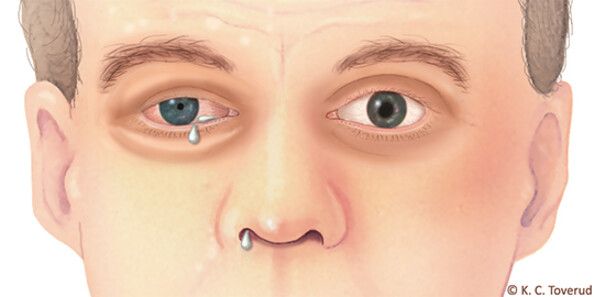
What is a secondary headache? What are red flags? Why is this important?
Secondary headache

A secondary headache develops in relation to the onset of another disorder that is medically known to cause headache. Some possible examples include brain tumor, vascular abnormality, infection, autoimmune disease, metabolic disturbance, hormonal disturbance, trauma to the head, or medication-overuse. If a headache improves in relation to the underlying disorder improving or if the headache worsens in relation to the underlying disorder worsening (or both), then this would give further support for a secondary headache.
“Red flags” are symptoms or other clinical information that raise suspicion for a secondary cause of headache and can warrant use of further testing such as brain imaging, blood vessel imaging, lab work, and/or eye exam for further evaluation. Some examples of red flags include fever, a sudden maximum-intensity pain, other neurological symptoms, age greater than 50, pregnancy, change in pattern, or progression of the headache.
Although secondary headaches are much less common than primary headache disorders (e.g. migraine, tension-type headache), it is important to further evaluate any clinical red flags to help rule out a secondary headache. If another disorder is the cause of the headache, then identifying and treating the other disorder could prevent further worsening in health and headache symptom.

SERVICES
QUICK LINKS
CONTACT
Phone (531) 375-5930
Fax (402) 920-9783
info@sohheadachecenter.com
8746 Frederick St.
Omaha, NE 68124









